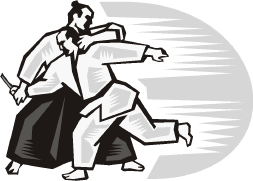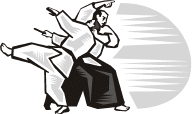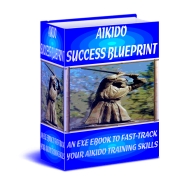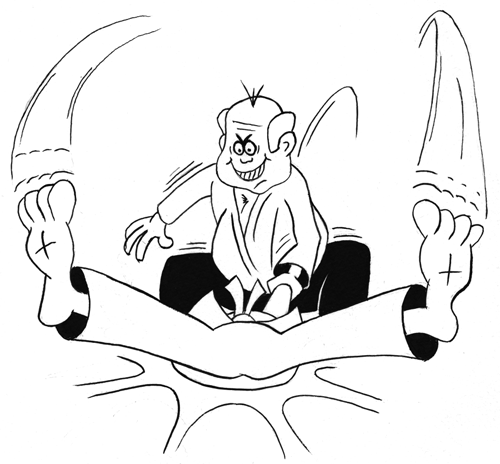Why is Kenji Tomiki Aikido
So Popular? Find Out Here!

Tomiki Aikido, also known as Shodokan Aikido is the style founded by Kenji Tomiki (1900–1979). It is sometimes referred to as Sport Aikido because it is the only style of aikido to hold regular competitions.
It focuses more on freestyle randori sparring than most other styles of aikido. Training requires a balance between randori and stylized kata.
Taking part in competitive randori depends on the dojo you train at, and there is a greater emphasis of this found in the university clubs.
In 1967 Kenji Tomiki built the Shodokan hombu dojo in Osaka, Japan, to teach, train and promote Tomiki Aikido style as the Japan Aikido Association (JAA).
Tomiki was probably more suited than anyone else in history to combine Judo and Aikido. During the 1920's and 30's he studied intensively with Jigoro Kano, founder of modern Judo, and Morihei Ueshiba, the founder of Aikido.
He earned the rank of 8th Dan in both Judo and Aikido. Tomiki Aikido aims to combine the competitive excitement of Judo with the spiritual serenity of Aikido.
Aikido has a long history as one of the most important and dynamic expressions of Japan's long martial arts tradition. The aim of Aikido is to forgive your enemy and harmonize with any attack.
By using an aggressors momentum, aikidoka takes their balance, and control an attack. Lessons of physical/mental discipline can be applied throughout your life.
Morihei Ueshiba developed Aikido from his combat studies of Daito-ryu Aiki jujutsu with Sokaku Takeda, and his spiritual studies with Onisaburi Deguchi.
Aikido focuses on harmony and non-resistance, leading to Success
Kenji Tomiki
Aikido

Within the JAA there are two Shihan...
Tetsuro Nariyama is the technical director of the JAA and chief instructor of the Shodokan hombu dojo in Osaka, Japan.
Fumiaki Shishida is professor of intellectual history of the Japanese martial arts at Waseda University in Tokyo, Japan.
Together, they wrote an Aikido Coursebook describing the history and technical details about the Tomiki style. It was also translated into English and titled...
Aikido: Tradition and the Competitive Edge.
Junanahon, the basic kata includes 17 basic techniques, with many variations, that are allowed in competition. The original self defense kata, includes a set of 50 weapons and empty-hand techniques.
The role of tournament in Tomiki is to allow students to demonstrate their Aikido skills and come together in friendship and harmony to learn from fellow Aikidoka.
It recognises that both kata (choreographed moves) and randori (sparring) are both essential elements of training.
Competitions take the form of tanto or toshu randori, and also enbu in which pairs (tori and uke) are judged on their kata.
Toshu randori is barehanded, and both aikidoka are expected to perform techniques on one another and attempt to resist and counter them...
This is influenced by judo randori. In tanto randori, there is an attacker and a defender. The attacker attempts to stab the defender with a safe training knife, while the defender attempts to throw or perform joint-locks on the attacker.
In both these forms of randori, the traditional separation between the performer of technique (tori) and the receiver of technique (uke) no longer exists as either of the participants may throw their opponent.
Many aikido instructors think that Tomiki style Aikido goes outside of the teachings of Morihei Ueshiba because of the competitive training.
But, many aikidoka resist techniques in traditional dojo's. This may be done in a more subtle and conscious or subconscious way... but it is there all the same!
Removing resistance (ego) is one of the main aims of the art of aikido. Non-resistance can be applied to your daily life, as you interact with other people. It may also be thought of as... Welcoming, accepting, and allowing. More Here
Has this page been useful to YOU? It may benefit other people too! Please go ahead and pass it on - Share via the Link Bar below - many thanks!
Sick of the Elite Control System? Unplug from the Matrix Now!








